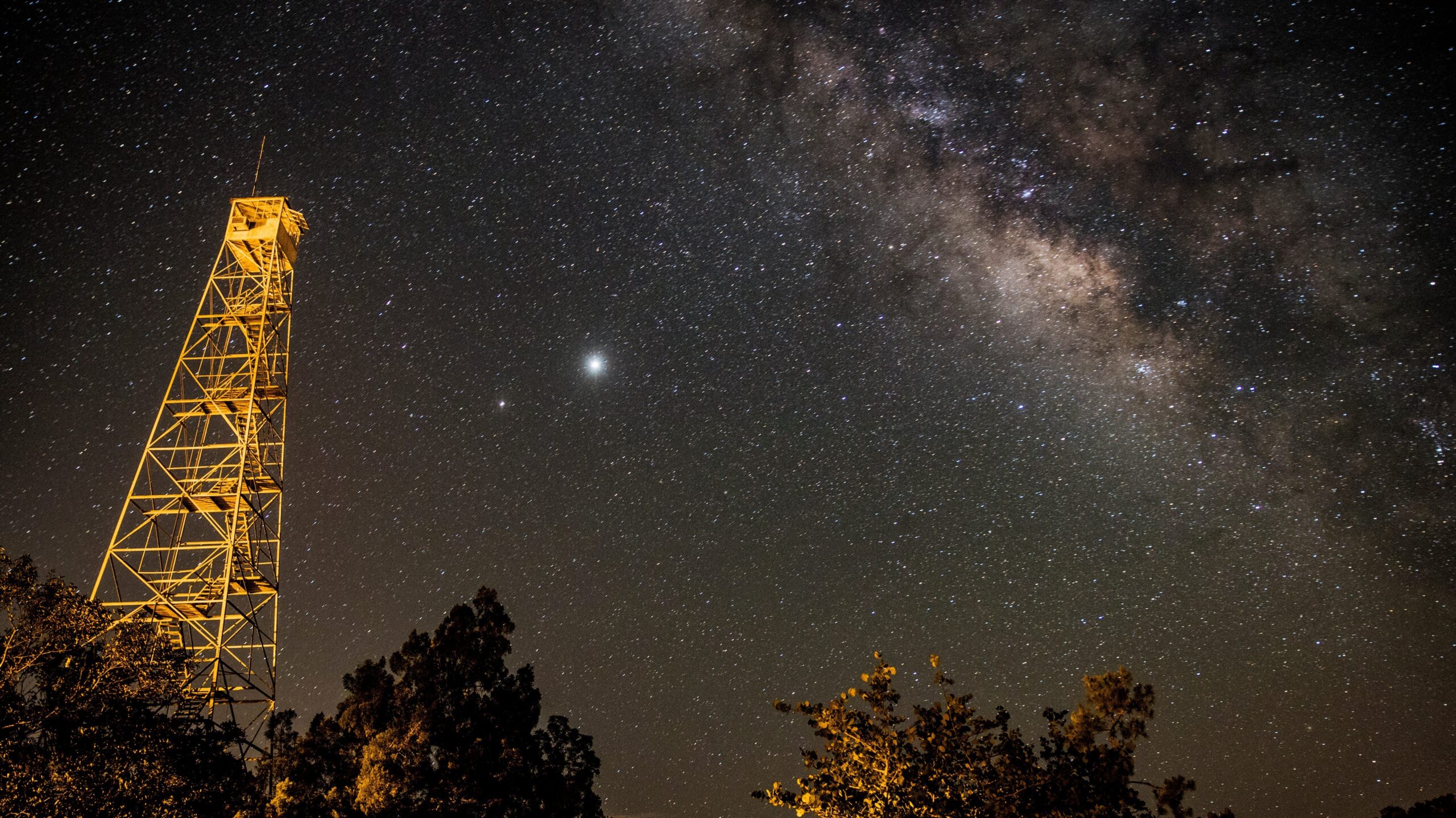
Planetary Phenomena: Unveiling the Myth and Marvel of Celestial Parades
For weeks, the astronomical community and amateur stargazers have been abuzz with anticipation over a purported celestial spectacle—a majestic alignment of seven planets gracing the night sky. Rumors have swirled, fueled by sensational headlines and social media chatter, painting a picture of an extraordinary cosmic event that has captivated the imagination of the public.
However, as NASA has cautioned, it is crucial to approach these claims with a healthy dose of skepticism. While all seven planets may indeed make an appearance in various parts of the globe, the reality is that not all of them will be discernible to the naked eye.
This sobering fact should not, however, diminish the excitement for stargazers eager to witness the still-uncommon spectacle of multiple planets adorning the heavens. Visible parades of planets occur only sporadically, every few years, making these cosmic events unmissable celestial performances.
Orbital Mechanics and the Ethereal Highway
The planets in our solar system dance around the Sun, orbiting along the same celestial plane known as the ecliptic. This celestial highway serves as the backdrop for the apparent movement of planets across our Earthly sky.
Due to this shared orbital plane, planets invariably appear somewhere along a flat, disc-shaped region in our sky. This phenomenon explains why we sometimes observe planets seemingly approaching each other in close proximity—a cosmic ballet as they navigate their orbital racetrack.
"We see the racetrack of the planets from the perspective of one of the racers ourselves," explains Preston Dyches, host of NASA’s "What’s Up," a monthly video series exploring celestial occurrences. "When viewed edge-on, this disc appears as a line. Whenever planets become visible, these events are often referred to as planetary alignments."
Aligning the Planets: A Cosmic Coincidence
While alignments themselves are not inherently extraordinary, it is indeed rare to have the opportunity to observe multiple planets simultaneously without the aid of instruments such as ground telescopes. Such an event is often referred to as a "planet parade," although NASA clarifies that this moniker is not a technical astronomical term.
The colloquial term "planet parade" aptly describes how the planets align in a near-straight line, giving the impression that they are marching in unison across the night sky. This phenomenon occurred in June and again in January, captivating stargazers with a celestial procession of four bright and two faint planets.
Currently, four planets remain prominently visible in the night sky throughout much of February: Mars, Jupiter, Saturn, and Venus. Uranus and Neptune are also present but appear dimmer and require a telescope for observation.
Mars, Jupiter, and Saturn are frequent visitors to our night sky. However, because Venus and Mercury orbit closer to the Sun than Earth, with smaller and faster orbits, their appearances are more fleeting. Venus is visible for only a few months at a time when it reaches its furthest separation from the Sun. Mercury, with its rapid orbit of 88 days, is visible for even shorter durations, ranging from a few weeks to mere days.
Mercury is expected to join the celestial parade and become visible to the unaided eye by Friday, February 28th.
Timing and Observation Tips for the Celestial Spectacle
Planet parades are celestial pageants that unfold during twilight, the ethereal transition between dawn and sunset. This celestial ballet requires a clear view of the western horizon, unobstructed by light pollution.
Spotting the planets may require some patience and a keen eye. Mercury and Saturn, situated low in the sky, may be too faint for some observers to detect amid the post-sunset glow.
The current planet parade, which began in January, will gradually come to an end in mid-to-late February as Saturn descends lower in the sky each evening after sunset.
Embracing the Cosmic Wonder
While the anticipated seven-planet alignment may not materialize as spectacularly as some have predicted, the opportunity to witness multiple planets simultaneously still holds immense cosmic wonder. These celestial performances remind us of our place within the vastness of space, connected to a symphony of celestial bodies harmoniously orbiting our star.
Whether you catch a glimpse of all the planets or just a few, take a moment to marvel at the beauty and precision of our solar system. Let the celestial ballet inspire a sense of awe and connection to the boundless universe that surrounds us.
